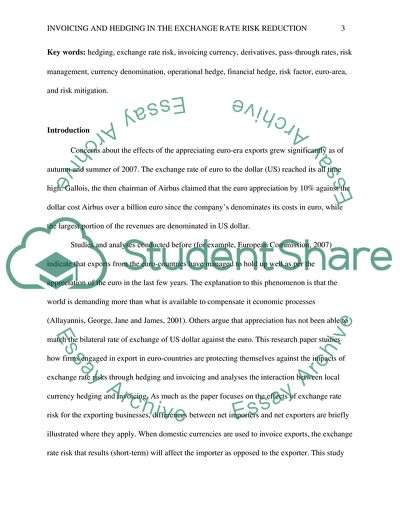Cite this document
(Exchange rate risk Essay Example | Topics and Well Written Essays - 4000 words, n.d.)
Exchange rate risk Essay Example | Topics and Well Written Essays - 4000 words. https://studentshare.org/finance-accounting/1813885-exchange-rate-risk
Exchange rate risk Essay Example | Topics and Well Written Essays - 4000 words. https://studentshare.org/finance-accounting/1813885-exchange-rate-risk
(Exchange Rate Risk Essay Example | Topics and Well Written Essays - 4000 Words)
Exchange Rate Risk Essay Example | Topics and Well Written Essays - 4000 Words. https://studentshare.org/finance-accounting/1813885-exchange-rate-risk.
Exchange Rate Risk Essay Example | Topics and Well Written Essays - 4000 Words. https://studentshare.org/finance-accounting/1813885-exchange-rate-risk.
“Exchange Rate Risk Essay Example | Topics and Well Written Essays - 4000 Words”. https://studentshare.org/finance-accounting/1813885-exchange-rate-risk.


